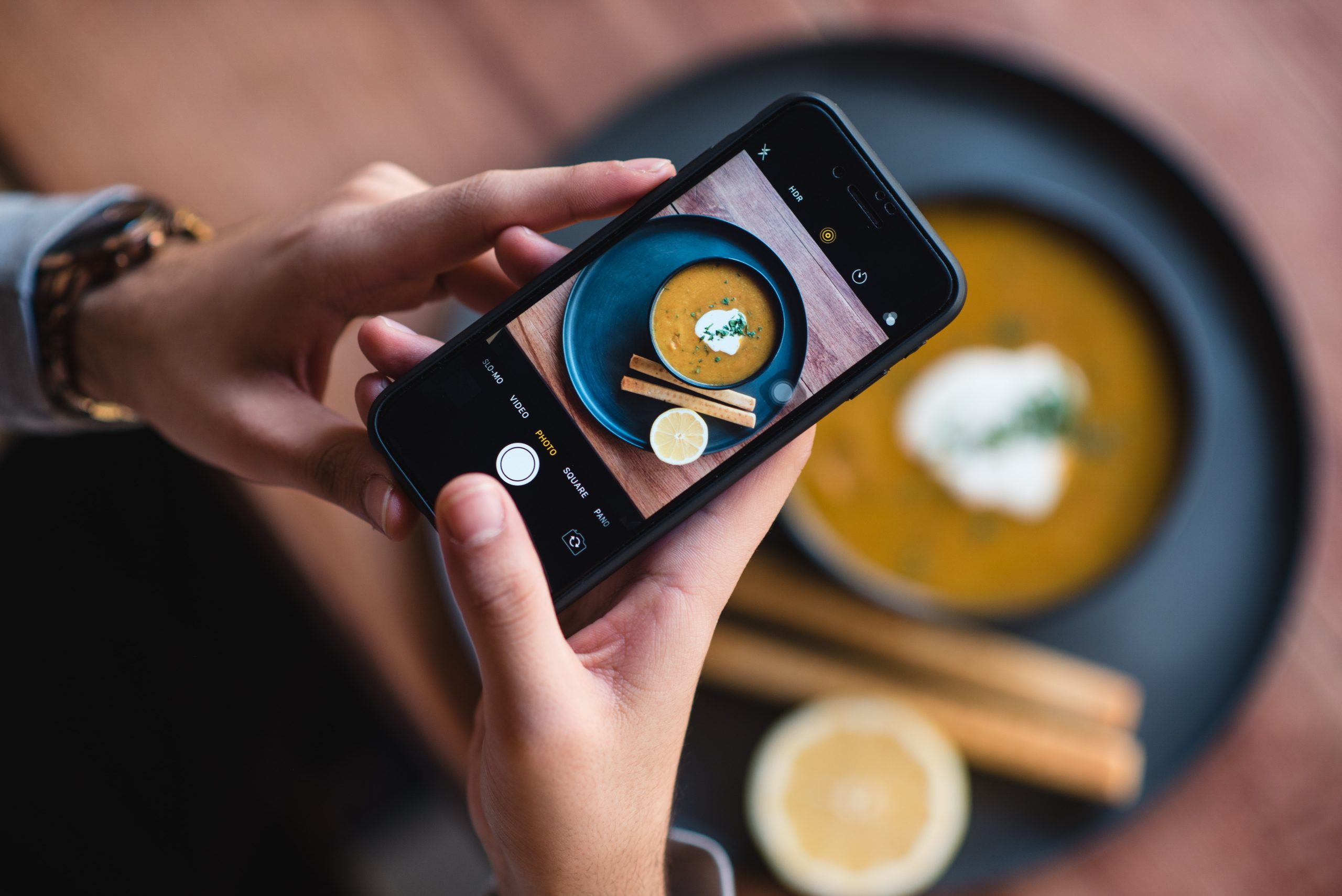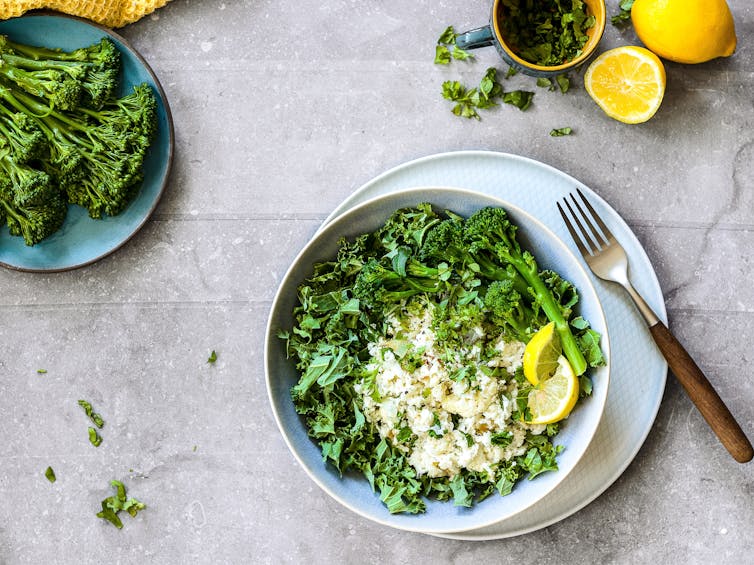Canada News
Food for thought: How your mindset can make healthy food more alluring on social media

Social media posts featuring unhealthy foods get more likes and engagement. But there are ways to change that. (Borzoo Moazami, Unsplash)
In today’s world, our diets are often packed with fats and sugars. Our ancient instinct to crave calorie-rich foods, which once helped us survive, now leads to harmful health side-effects.
To counteract this, food content creators on social media have been trying to push healthy eating and healthy eating content.
But here’s the kicker — this content doesn’t get much engagement. Instead, posts that show unhealthy, high-calorie foods get more likes, shares and comments. This popularity of junk food online may tempt content creators and algorithms to show more of the same, tilting our view of “normal” eating habits towards unhealthy choices. In the long run, this could fuel the obesity epidemic.
So, the challenge is clear: How do we make healthy foods as click-worthy as their unhealthy counterparts?
In a recent paper published in the European Journal of Marketing, we wanted to see if we could change people’s natural tendency to avoid healthy food content. How? By tweaking the way they think. Could getting people to think more carefully before they see food posts make them engage more with healthy food on social media?
Food marketing on social media
Social media has become a billboard for food advertising. Food companies are everywhere online, but their focus is usually on calorie-packed products. They make these foods seem fun and shareable, even though many of us would be better off seeing more healthier options.
This mismatch between what food companies promote and what is good for consumers is glaring. Posts with unhealthy food get more love and are remembered, seen and shared more than posts featuring healthier foods.
This online popularity of junk food can then shape our ideas of what’s “normal” to eat and can sway our eating habits, especially in groups that are easily influenced by peers. So, if we can figure out why this happens, we could use that knowledge to make healthy foods shine on social media.

(Alex Haney, Unsplash)
Why we love junk: An evolutionary tale
Our brains have been wired over millennia to not only crave high-calorie foods, but feel good when simply seeing such foods — it’s a survival trick from our past.
Today, this means we naturally feel good and get excited when seeing calorie-packed foods. This same excitement simply does not occur when exposed to low-calorie alternatives, which we often see as less tasty, not as enjoyable and likely not satiating.
What if we could switch our minds to avoid the biased decisions we make when we rely on our feelings? The idea of using a more thoughtful mindset is a strategy that’s been shown to work on other food habits.
The potential here is huge: thinking more thoughtfully and analytically could reduce our biases for relying more on our feelings to make decisions, and this can make healthier, lower-calorie foods more attractive, leading to more likes and shares on social media.
In our research, we took a look at how people react to social media content about food. We found that people are usually less interested in posts about healthier, lower-calorie food, something that’s been shown in previous studies.
We used videos from Tasty, a popular food network, for our experiment.
In our experiment, people were more likely to engage with a video about making a burger than a salad. But when people take the time to think about what food they’re actually engaging with, they can appreciate the benefits of lower-calorie foods, potentially leading them to choose healthier options.
Actions for a healthier social media
As prior research has demonstrated, people are naturally drawn to social media posts of unhealthy food, leaving healthier options in the dust. The more engagement these calorie-packed posts get, the more similar content floods our feeds, creating a cycle that can potentially negatively affect our real-life eating habits.
But there’s hope! As our ongoing work demonstrates, there are plenty of ways to steer the mindset towards healthier choices. Think disclaimers, health star ratings or even colour-coded nudges.

(Ella Olsson/Unsplash)
Short mindfulness exercises from programs like Noom or WeightWatchers can also help us pause and think before we eat.
Our research can inspire dietitians, health advocates, policymakers and content creators to use this mindset magic when they’re designing their products, services or social media posts. This could lead to more engagement with healthier food content on social media, making these healthier messages travel further.![]()
Ethan Pancer, Associate Professor of Marketing, Saint Mary’s University; Matthew Philp, Assistant Professor, Marketing, Toronto Metropolitan University, and Theo Noseworthy, Professor of Marketing, York University, Canada
This article is republished from The Conversation under a Creative Commons license. Read the original article.





















